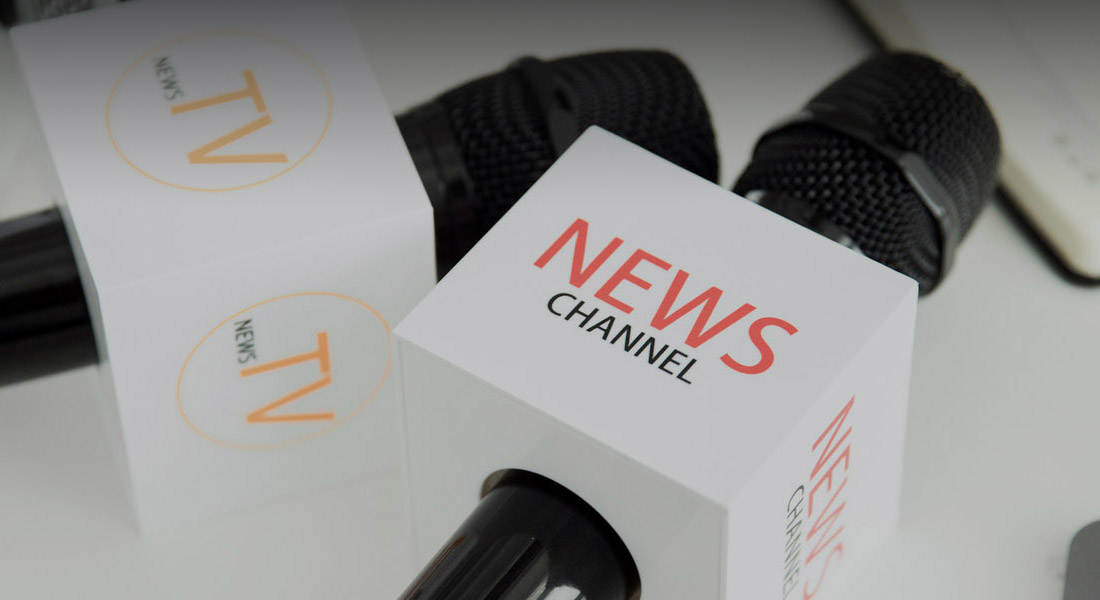Specifying a high-quality external gear slewing bearing is only half the battle. Its performance and service life are ultimately determined by the precision of its installation and integration. Improper mounting is a leading cause of premature failure, including gear wear, brinelling, and catastrophic bearing seizure.
This technical guide delves into the critical steps for correctly installing an external gear slewing bearing and setting up its drive system for optimal operation.
Phase 1: Precise Mounting - The Foundation
The mounting surfaces are the foundation for the entire system. Any imperfection here will distort the bearing.
-
Surface Flatness and Preparation: The mounting surfaces on both the fixed and rotating structures must be machined to a strict flatness tolerance (typically specified by the bearing manufacturer, e.g., IT7 grade). Surfaces must be clean, dry, and free of burrs or paint.
-
Bolting Procedure:
-
Bolt Quality: Use only high-strength bolts of the specified grade (e.g., 10.9 or 12.9).
-
Thread Locking: Apply a medium-strength thread-locking compound to the bolts.
-
Torque Sequence: Tighten the bolts in a star or cross pattern to ensure even clamping force and avoid distorting the bearing rings. torque them to the manufacturer's specified value in multiple stages (e.g., 30%, 60%, 100% of final torque).
-
Phase 2: Drive Pinion and Gear Mesh Setup
This is the most critical phase for the external gear system's longevity.
-
Pinion Installation: Mount the drive pinion onto the gearbox shaft, ensuring it is fully seated and secured with the appropriate key and fasteners.
-
Setting Center Distance: The distance between the center of the slewing bearing and the center of the pinion shaft must be set exactly according to the engineering drawings. This ensures the proper theoretical backlash.
-
Setting Backlash: Backlash is the slight gap between the pinion tooth and the bearing gear tooth. It is essential to prevent binding and allow for lubrication.
-
Use a feeler gauge or dial indicator to measure backlash at several points around the gear.
-
Adjust the center distance minutely until the backlash is even and within the manufacturer's specified range (e.g., 0.2-0.5mm).
-
Too little backlash causes overheating, increased wear, and noise.
-
Too much backlash causes loss of precision, impact loads, and tooth breakage.
-
Phase 3: Initial Lubrication and Run-In
-
Gear Lubrication: Apply the specified open-gear lubricant to the entire gear teeth. This is often a high-viscosity, adhesive-type grease that will stay in place.
-
Bearing Lubrication: Fill the bearing's raceway with the recommended grease through the lubrication fittings until it purges from the seals.
-
Run-In Procedure: Before putting the system under full load, operate it at low speed and low load for a period. This allows the gears to wear in smoothly and ensures the lubricant is properly distributed.
Conclusion: Precision is Paramount
The installation of an external gear slewing bearing is not a task for guesswork. It requires precision tools, careful attention to detail, and strict adherence to the manufacturer's specifications. Investing time in a perfect installation is the surest way to unlock the full potential of the bearing, ensuring smooth operation, minimal maintenance, and a long, reliable service life.

